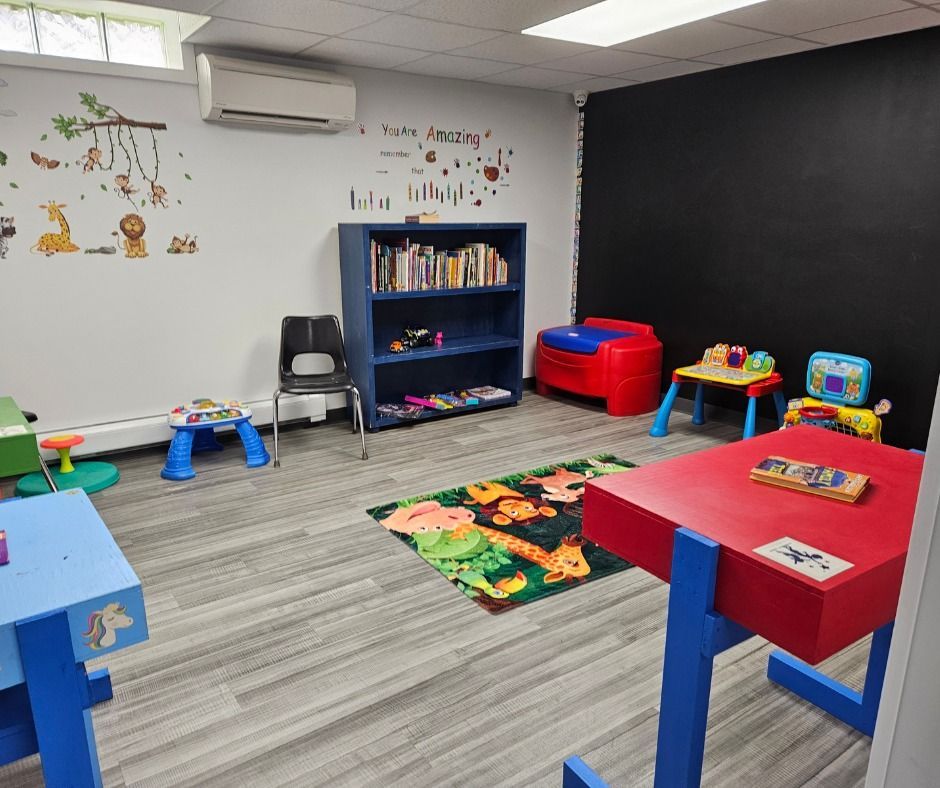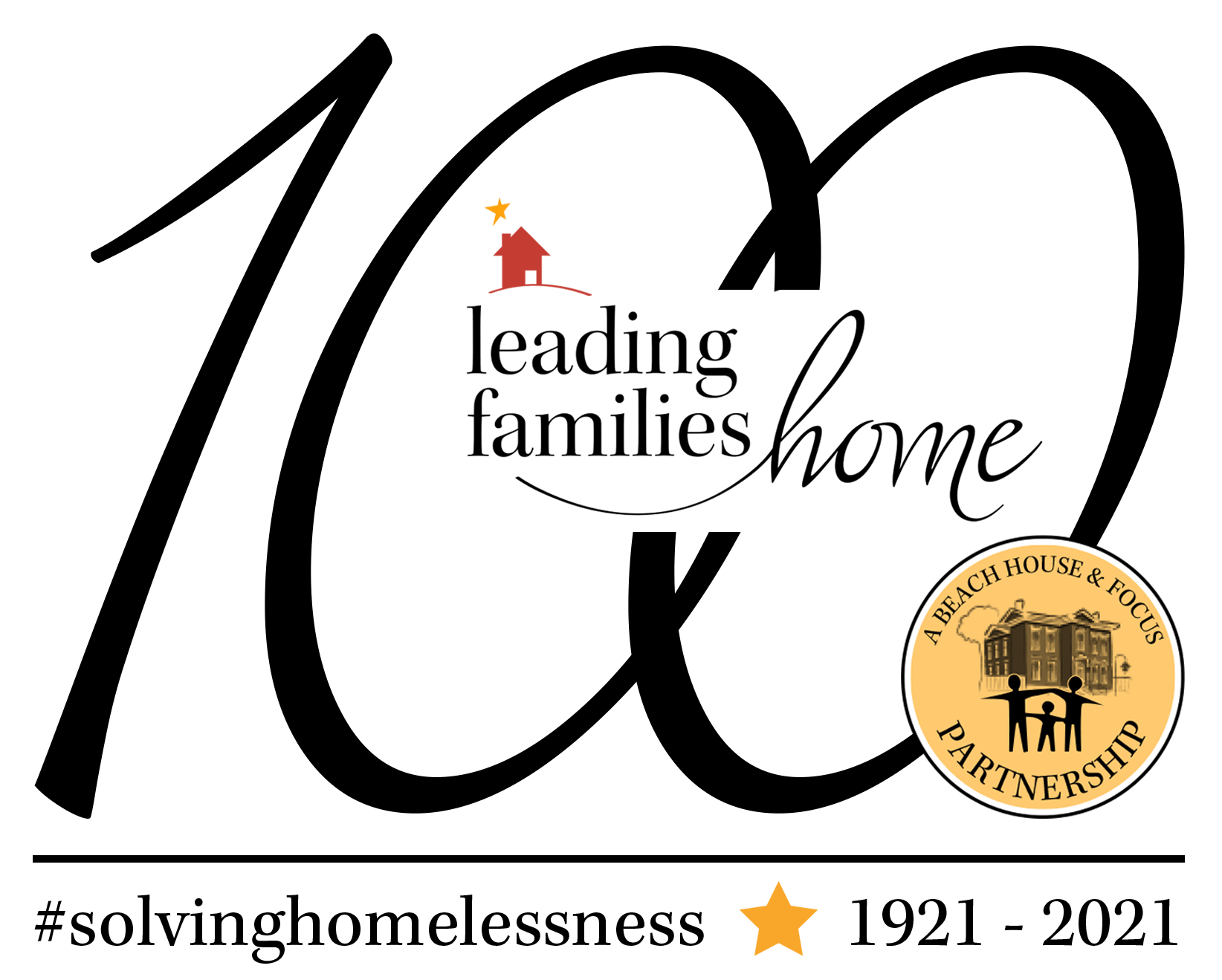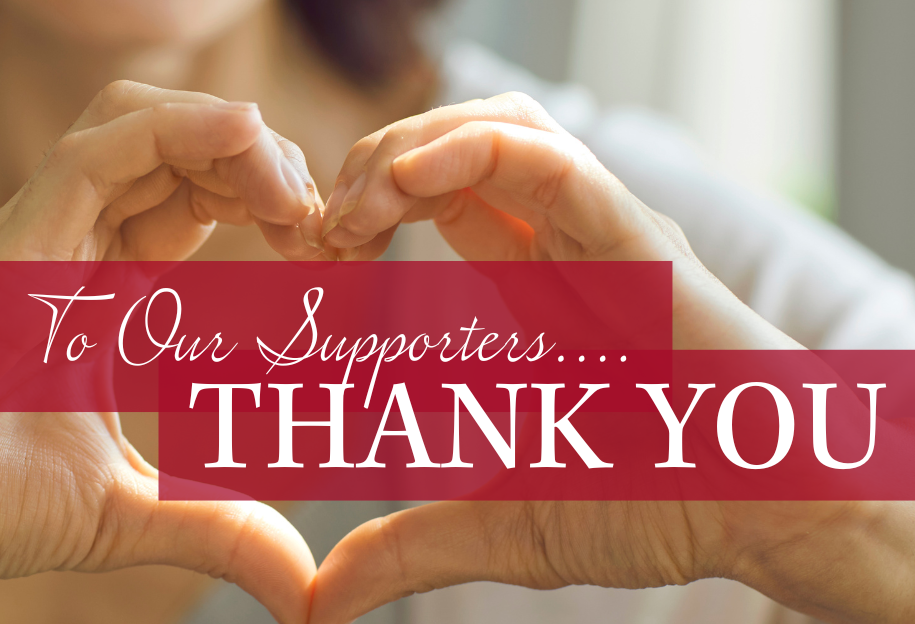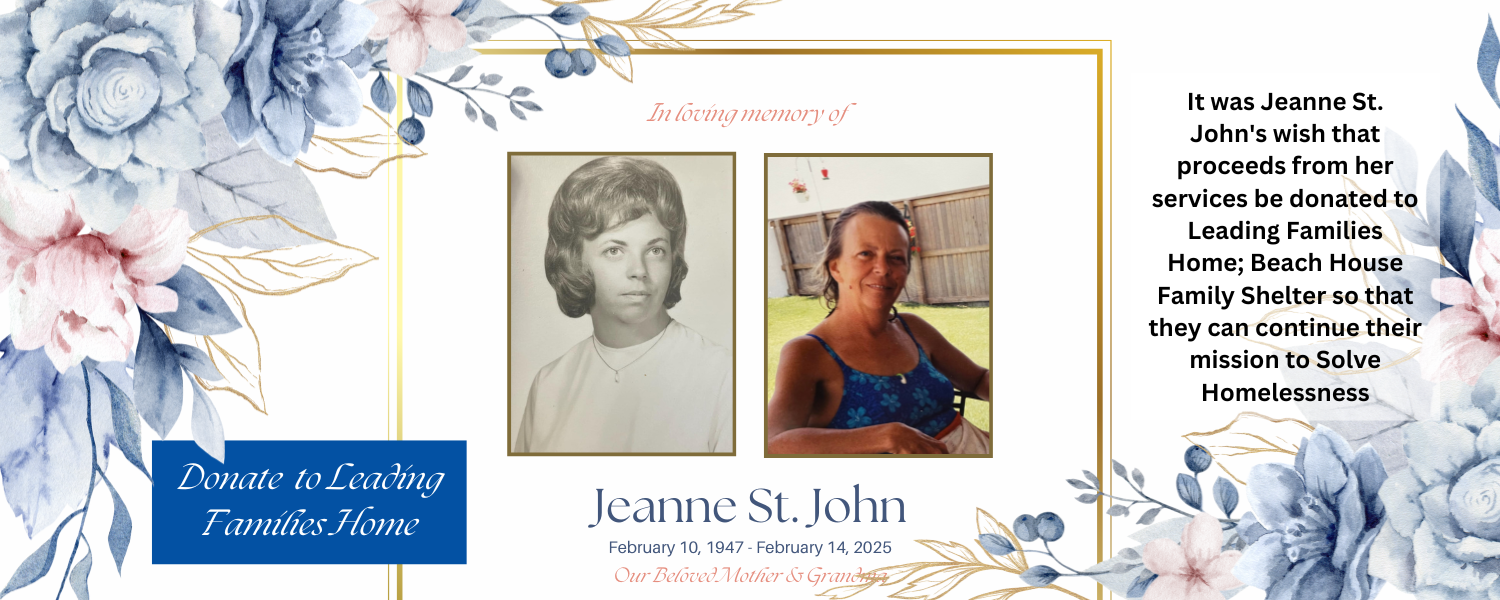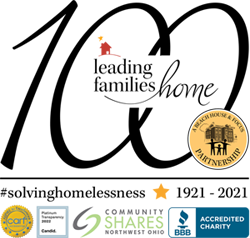Where People Live & Sleep When They’re Homeless
Homelessness is a complex issue that affects over a half million people in the US ( The State of Homelessness, NAEH ). Families and individuals experience homeless in different ways and for different reasons , but they all need to find a place to live and sleep. The homeless living on city streets are the most visible population of homeless, but not all homeless people live on the streets. Many live with family, friends, in a vehicle, or in shelters. Others who do live on the streets may find shelter in parks, on beaches, or even under bridges.
With Friends or Family
Although not considered a homeless situation by HUD , many of those who find themselves homeless go to a family member’s home or crash on a friend’s couch. This is called “doubling up” – “a type of homelessness basically defined as living in crowded dwellings with extended family members or friends because of economic hardship.” ( In a home but still homeless, SJNN )
This type of homelessness is dangerous for families, especially children. Nonprofit organization ASCD states that “living doubled-up is perhaps the most precarious form of temporary housing and is often followed suddenly and unexpectedly by life in a shelter, in a car, or on the streets.”
The organization instructs educators to look for signs of children living in these conditions, such as “references to crowded conditions, panic attacks in class, chronic hunger or food-hoarding behaviors, sleep deprivation, unkempt clothes, inadequate personal hygiene, and unmet medical or psychological needs. Many students are runaways from crowded, doubled-up situations because the atmosphere has become insufferable, they’re in danger from domestic violence, or they’re chronically hungry or depressed.” ( Homeless – And Doubled UP, ASCD )
In a Motel Room
Many families who find themselves without a home, whether due to an eviction or another circumstance, go to a hotel or motel to live. While living in a hotel or motel isn’t considered “homeless” by HUD , it does put the family at risk for homelessness.
Paul Leon, the chief executive of the Illumination Foundation in Orange County, notes that most families who live in a motel “eventually end up living in their cars… Then they get towed or they can’t pay the registration, and they are forced into tents or onto the streets.” ( Motels and the modern face of homelessness, America Magazine )
Although living in a hotel may seem like a favorable option compared to living in a vehicle or on the street, it still comes with major challenges.
Treatment by Hotel Management
One challenge is hotel management. Monica Potts, a freelance writer who lived in a hotel as research for a story, noted that families living in hotels were not treated like hotel guests. “They were treated with kind of a lack of respect… kind of a condescension, very distancing… a little bit rude.“ ( Hotels Hiding The Homeless, NPR )
Costs
Another hindrance to living in a motel is the cost. While a motel room is cheaper than living in a house, the costs still add up. The weekly cost can be $200 to $300, depending on the location and time of year. ( Hotels Hiding The Homeless, NPR )
In a Van, Car, or RV
Living in a vehicle is called Vehicular Homelessness ( Vehicular Homelessness and the Road to Housing During and After COVID-19, NLC ), and it’s on the rise in cities across the US.
In Los Angeles, more than 16,000 people live in their vehicles, which is almost a quarter of the nearly 60,000 homeless people there. ( Living in her car, she was afraid and harassed, CNN ) The numbers are about the same in Seattle, according to governing.com .
Nowhere Else to Go
“There isn’t really a place for them in the shelter system, they’re moving into these vehicles long term and living there that way,” said Dr. Graham Pruss, a lecturer at the University of Washington who has been studying vehicle residency for the past 10 years. ( Seattle’s Lack of Housing Forces Families to Live In Their Cars, CBS News )
“As rents have doubled in metro Denver over the past decade, more people have moved into their cars, occupying a blurred boundary between being housed and unhoused.” ( Safe Parking Sites Could Steer Homeless to a Better Future, Westword )
One Emergency Away
According to homeless advocate Merideth Spriggs , “An expensive parking ticket, a towed vehicle, or a citation for expired car registration or insurance could each land them on the street.”
Another worry are car break-ins, because most homeless people who live in their vehicles cannot afford repairs if the vehicle is damaged. They also worry about their safety. ( ‘Hard to track’: Homeless in cars one emergency away from Las Vegas streets, Las Vegas SUN )
Illegal to Sleep In Your Vehicle
Many cities have passed laws to combat the homeless sleeping in their cars or vans overnight. In a 2019 report from The National Law Center on Homelessness and Poverty, 64 new laws restricting living in vehicles were enacted, representing a 213% increase since 2006.
Other cities recognize the need to offer a safe place for the vehicular homeless to park for the night. “Dreams for Change, a non-profit in San Diego, CA, operates two parking lots for people to park overnight. Roughly 70 families and individuals park overnight and have access to services that can help them find permanent housing and other needed support.” ( Homeless People Living In Cars, Invisible People )
In a Homeless Shelter
Homeless shelters offer shelter, food, and supplies for homeless men, women, and families. Many people find support to transition from homelessness to permanent housing at homeless shelters, others, however, choose to live on the streets.
Misconceptions
In an interview with NPR, one man discussed the reason why some people may choose life on the street over staying in a shelter. “…you hear a lot of terrible things about shelters, that shelters are dangerous places, that they’re full of drugs and drug dealers, that people will steal your shoes, and there’s bedbugs and body lice.” ( Why Some Homeless Choose the Streets Over Shelters, NPR )
This can be a misconception that frightens people unnecessarily. “[T]he quality of homeless shelters varies from region to region and from shelter to shelter. Some are run by great people who know what they’re doing. Others are run by well-meaning folks who don’t have a clue, and still others by people who are downright malicious.” ( What Is It Like to Stay in a Homeless Shelter?, Invisible People )
Transition to Permanent Housing
Homeless shelters are wonderful resources that can help individuals and families find permanent housing and exit homelessness. As a homeless family shelter, Leading Families Home offers safe, comfortable, and pleasant temporary housing to the homeless in Toledo, Ohio. (Take a look at photos from our shelter. )
In a Domestic Violence Shelter
Several women and children who flee abusive situations find safety at domestic violence shelters. According to the Family and Youth Services Bureau , “[b]etween 22 and 57% of all homeless women report that domestic violence was the immediate cause of their homelessness.”
Need for Housing
Emergency shelter can help survivors find transitional housing. “Transitional housing programs give survivors the time and services they need to achieve goals for long-term safety and stability. Without these programs, survivors may have no other option than to return to their abuser’s home or face homelessness.” ( Transitional Housing Programs and Empowering Survivors of Domestic Violence, US Dept. of Justice, Office on Violence Against Women )
Safety & Confidentiality
One survivor shared her experience online:
Living in the shelter helped one feel safe because the location was kept secret. I parked my car in the garage all the time and kept it covered with a tarp so it was hidden. We had a locked entry gate and the police patrolled the area frequently. Having access to counselors all day helped one learn how to deal with the devastating effects of domestic violence on the spot. I was the only one in the shelter for a couple of weeks and it was difficult because I was also recovering from some serious physical injuries on my own. The police escorted me to and from work every day and kept an eye out during my lunch hour. ( What Is Staying at a Women’s Shelter Like?, Quora )
On the Street
When most people think of the homeless, they imagine a person who lives on the street. The street is a common place for unsheltered homeless people to live and sleep, and they are the most visible set of homeless people.
According to The State of Homelessness 2019 : ”Over half a million people go homeless on a single night in the United States. Approximately 65 percent are found in homeless shelters, and the other 35 percent—just under 200,000—are found unsheltered on our streets (in places not intended for human habitation, such as sidewalks, parks, cars, or abandoned buildings).”
Living on the street comes with a series of challenges, including cleanliness, finding food, and being targeted by the police.
Staying Clean
A major challenge for those living on the street is staying clean. If you have no home or income, finding a place to shower can be difficult. Some people use public restrooms to wash up, others use water fountains within the city ( Lincoln Road Fountains Close After Homeless Bathe In Them, Miami Herald ). Others pay a low fee for a membership to a gym or fitness facility, such as the YMCA.
Getting Arrested
A homeless person who lives on a city street is in real danger of being arrested for doing things they need to do to survive, like going to the bathroom or sleeping in public. ( My Family Is Homeless In Toledo: What Can I Do )
Street Sweeps
The police in many cities routinely conduct “street sweeps” to remove the homeless from the streets. During these sweeps, the police may confiscate the (very little) material items that a homeless person owns. If the person lives in a tent on the street, the police may destroy it.
Street sweeps are controversial and have caused concern among homeless advocates. In a legal primer published by ACLU of Washington states: “Homeless sweeps are costly and ineffective and make homelessness worse, not better. More importantly, courts have held that failing to give sufficient notice before a sweep, so people can act to keep their property safe, or destroying property during a sweep violates the rights of homeless individuals.”
In the Park
Many parks in large cities have become homes for the homeless. Sleeping on park benches or in the woods isn’t unusual, but it often creates tension between park managers and members of their communities.
Seeing unsheltered homeless people in public parks is met with concern and discomfort from the community, yet park managers do not have the time, staff, or resources to properly handle the issue. Many times park management views homelessness as a much more complex issue that requires long-term solutions.
In a study conducted by National Recreation and Park Association (NRPA) , one park manager stated: “By and large, people tend to overreact about the impact of homeless camps on our property, and a large part comes from a somewhat irrational fear of people who are different because they don’t have a home. If we could just be a little more comfortable with the existence of homeless people in our society, we could put money into things that are more positively impactful for everyone.”
Public support of park management is vital to finding a real solution to homelessness, versus “reactive, costly, short-term responses” to quickly remove homeless people from public parks. ( Addressing Homelessness in Public Parks )
On the Beach
In places where beaches exist, homeless people camp. Much like those who camp in parks, homeless people who live on the beach are a very visible – and upsetting – reminder of homelessness.
California Beaches
California beaches are those most affected, due to California’s high rate of homelessness. Unlike other states, 72% of California’s homeless sleep outside or in cars versus shelters or temporary housing ( California Healthline ). As of January 2019, there were 6,680 homeless people living on the streets, under bridges, along beaches in Orange County and in and out of temporary housing ( Homelessness Continues to Be County-Wide, OCR ).
This has created a huge issue for California communities who want to protect tourism and maintain public safety ( California Homeless Flocking to Malibu Beaches, Dumping Sewage, Fox Business ).
Florida Beaches
Florida faces similar issues. The Chairs of two Miami Beach Citizen Committees, Navarrete and Fernandez, said they are hearing “growing concerns from residents and businesses… The public is rightfully fearful for their own personal health and safety by exposure to these conditions. We share the valid concerns of the public and equally fear for essential employees – including police officers and fire fighters – as they are dispatched to interact with homeless individuals.” ( Miami Beach Facing Challenges Addressing Its Homeless Population, RE Miami Beach )
Under a Bridge
When looking for shelter, many homeless people find shelter beneath a bridge or freeway. While this helps protect people from the elements, it also creates dangerous living conditions.
Fires
One major concern for people living under bridges is the threat of fire. Fires have happened beneath bridges in many cities, including Atlanta, GA and Austin, TX.
“In March 2017, a homeless man was accused of setting a fire underneath the I-85 bridge. The fire then got out of control, because the Georgia Department of Transportation had flammable materials stored under the bridge. The bridge then collapsed.” ( 3 Fires Under Interstate Bridge So Far This Year, WSB-TV2 Atlanta )
“A fire at a homeless camp reveals Austin’s hidden homeless. Thousands of people drive right past this camp every day without noticing. That’s because it’s just below ground level, literally carved into the creek banks.” ( Fire under US 183 in NE Austin reveals elaborate hidden homeless camp, CBS Austin )
Public Safety
“Conditions are worsening at the encampments in the underpasses and on First Street NE, and … people are worried about their ability to safely traverse these public spaces,” stated Robin Jasper, the president of the local business improvement district. She added, “Many report that they have been harassed as they walk by the tent encampments, where people frequently engage in aggressive panhandling and occasionally menace passersby. Used and bloody hypodermic needles and other drug paraphernalia, rotting food, trash, broken glass, public nudity, prostitution, sales of illegal drugs and human urine and feces are encountered by those whose routes take them by the encampments and pervade the space in which encamped individuals are living.” ( D.C. Says Homeless Encampments Will Be Permanently Cleared From Under One NoMa Bridge, NPR )
In a Homeless Camp or Tent City
There are several sprawling encampments of homeless people throughout the US. These camps often exist in metropolitan cities and contain large numbers of homeless individuals and families living in temporary structures like tents, shacks, or even vehicles.
Community responses to camps and tent cities can vary. Some are cleared by police with no thought for the needs of those who live there. Other cities “sanction” these camps and offer utilities, waste disposal, and even healthcare.
Large Homeless Camps & Tent Cities
One of the most well-known homeless camps is located in Seattle and is called, “The Jungle”. At its height in 2016, The Jungle was known for drug crimes and its huge population of over 300 homeless people and 200 tents ( Inside the Grim World of the Jungle , by The Seattle Times, June 17, 2016). For decades, The Jungle was routinely cleared by police and in 2020, only 30 homeless people and 75 tents were counted ( Police begin clearing notorious illegal homeless encampment , KomoNews, January 28, 2020).
California is home to the highest number of tent cities in the US ( Tent City USA , National Law Center on Homelessness & Poverty, 2017). One such city exists in Santa Rosa in Northern California’s Sonoma County. The tent city is described as having “filthy, unsanitary conditions and the presence of rats and used drug needles” ( Sprawling Homeless Camps — Modern ‘Hoovervilles’ — Vex California , NPR, January 13, 2020)
Sanctioned Camps
A sanctioned encampment is permitted to exist by the city without the threat of arrest. Sanctioned camps often provide waste disposal services, running water, meals, and shelter for the homeless population.
Most cities and communities resist sanctioned camps. Yet, due to COVID-19, many cities have recently allowed these camps within the city. Sanctioned camps exist in Portland, Seattle, San Francisco, and Phoenix.
Let’s Connect
Connect with us on social media to see the latest stories from our Participants, Board Members, Staff, and Volunteers!
You can support Leading Families Home by liking or following our accounts, liking and SHARING them on your social media accounts. Invite your contacts to like or follow us, too! Let’s spread the word, and end homelessness in Toledo!
Help Us Out
Leading Families Home is based in Toledo, Ohio. We are dedicated to fighting homelessness in our community – and we’d love your help! Please consider supporting our organization in one of the following ways:
Donate Online
Leading Families Home partners with PayPal for secure online payments. Click Donate Now to be taken to the secure donation page.
Mail a Check
To donate by check, please make the check out to Leading Families Home.
Mail your check to the following address:
Leading Families Home
2283 Ashland Ave.
Toledo, OH 43604
Other Ways to Donate
Shop with AmazonSmile
When you shop on AmazonSmile (smile.amazon.com) the AmazonSmile Foundation will donate 0.5% of the price of eligible purchases to the charitable organization of your choice.
Learn more about AmazonSmile
.
Use Kroger Community Rewards
It’s easy to donate with Kroger Community Rewards – just shop at Kroger, and swipe your Plus Card!
Join Kroger Community Rewards
.
Matching Gifts: Double Your Donation
Every year we have a Match Campaign – an exciting way for you to double your impact. During this campaign, our match partners will match your monetary donation to Leading Families Home.
Match partners also include corporate sponsors who match their employees’ donations. If you’d like to participate, find out if your employer matches employee donations to 501(c)(3) organizations and contact us .
Host a 3rd Party Fundraiser
Do you love to plan events? You can raise donations for LFH by hosting your own event! Have fun and make an impact on our community. Ask for donations instead of birthday gifts or baby shower presents.
Remember Us in Your Will
A Planned Gift allows you to donate in a very meaningful way. Contact your financial advisor or estate planner to learn more.
